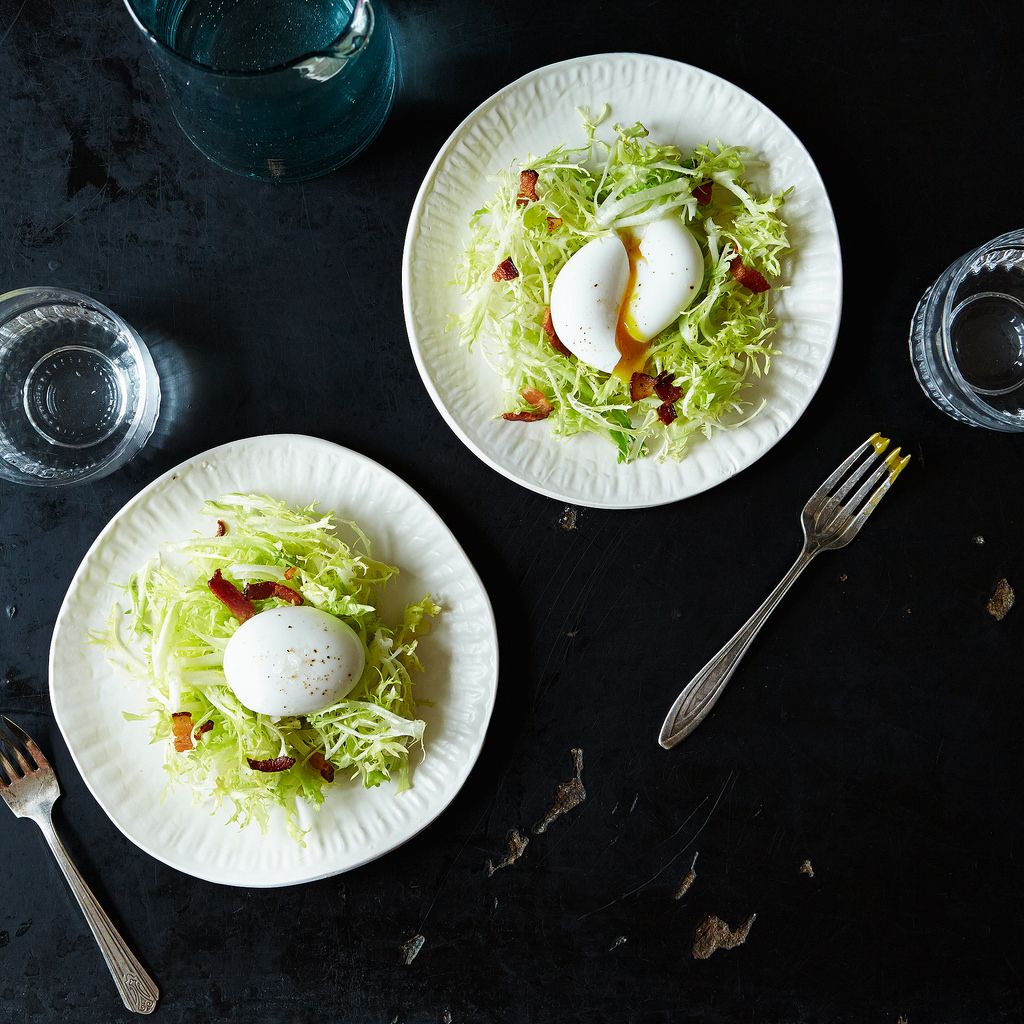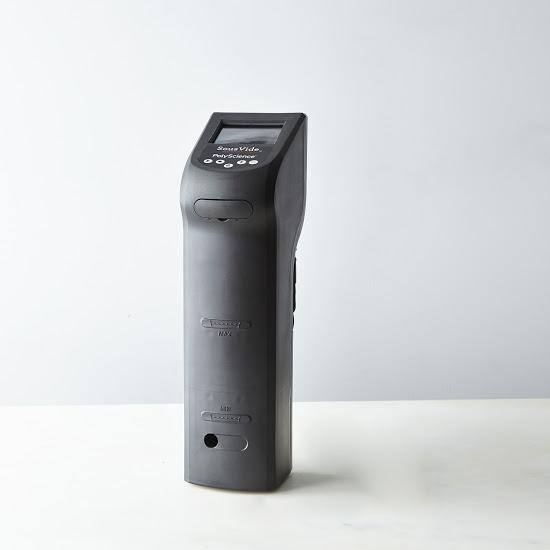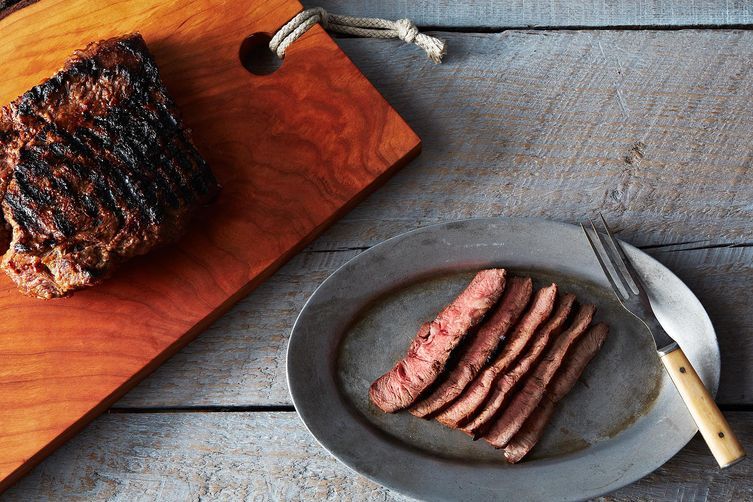For our Provisions shop, we search for the best and most beautiful things for our kitchen and home. We want to spread the love, so we're talking about some of our favorite products and why they're tops.
Today: Unpacking the mystery of sous vide. (Hint: It's not as intimidating as it sounds).


Sous vide sounds fancy, the kind of phrase that a waiter would toss out at a high-end French restaurant alongside words like concasse and tournée. But it's actually a more approachable technique than you might think, and it's worth using in your own kitchen. It produces replicable, perfectly cooked food without requiring much more from you than the press of a button. Curious? Here are the facts:
What is it?
Sous vide means under vacuum in French; it’s the process of vacuum-sealing food in a plastic pouch and cooking it in a water bath at low, precise temperatures. Technically, sous vide refers only to the vacuum-packing (low-temperature water bath cooking can be done with or without vacuum-sealing), but in general, sous vide is used to refer to the cooking technique as well.
A sous vide machine circulates water to keep the temperature exact, which in turn allows for even, consistent cooking compared to conventional methods. Take that salmon that you seared last night for dinner: If you'd cooked it sous vide, it would be cooked to the exact same flaky perfection all the way through to the center.
More: Want to hack your own sous vide machine? You can.

What are the benefits?
The extremely precise temperature control that sous vide allows means that food is perfectly cooked, every time. You set your desired temperature and cooking time, and once the internal temperature of your food reaches the target, it won't continue to cook. (And you can hold it in the water bath for as long as you like -- good news for those of you who like throwing dinner parties and need to make dishes in advance.) Considering how many times we've glanced away for a minute too long and, bam!, overcooked a dish, this is a game-changer. Temperature precision is especially useful for egg cookery: The difference between a perfectly soft-cooked egg and an overcooked one is a matter of degrees.
When you cook at lower temperatures with sous vide, the cell walls in food don't tend to burst, so the end result is more tender and less tough (more moisture is retained as well, leading to juicier meat). And, sous vide can also yield a much more flavorful result: Vacuum sealing keeps all of your spices and aromatics from seeping out and evaporating.
If you're wondering how to get that crisp crust you love, you're right to: In sous vide, the cooking temperature isn’t high enough to trigger the Maillard reaction -- the reaction between sugars and proteins that causes food to brown and caramelize. But you can work around this. Sous vide your meat to the correct temperature; remove the meat from the vacuum package; dry it off completely (this is key -- moisture will inhibit the browning); and quickly sear it in a very hot pan until a crust forms.

What about vegetables?
While extra-tender meat sounds like fantastic, overly tender vegetables don't really bring people running to the table. But you can actually cook vegetables below the boiling point (lower and slower), so they'll stay firm and retain some bite.
More: If you like a crisp crust, make sugar steak with bourbon.
How does it work?
Set your machine in a medium to large stock pot (or large bowl or roasting pan) fillled with water. Set the desired temperature and let the water bath heat up while you prepare and vacuum-seal your food. When the water is at the correct temperature, place your sealed food in the water bath, set the cooking time, and then pour yourself a cocktail!
More: Try your hand at other slow cooking techniques.
How can I try it at home?
So you’re ready to try sous vide cooking: Where do you begin? Start with ingredients that are unequivocally improved by sous vide. Eggs are an easy one -- use this recipe for perfect soft-boiled eggs. Fish is another excellent candidate for sous vide -- try this hazelnut and coriander spiced salmon (adapted from Modernist Cuisine) as a good starter recipe.
Good luck! We’ve been playing around with our brand new sous vide circulator in the kitchen, and we’d love to hear your experiences trying the technique. What works well? What doesn’t? Tell us!
Top photo by Mark Weinberg; all other photos by James Ransom





See what other Food52 readers are saying.